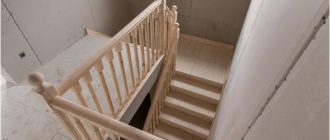- Indicators for identifying size
- Arrangement of a protective layer of reinforcement in a slab and what determines its thickness
- Normative indicators
- Using finished parts for fixing
- Necessary repairs
When constructing buildings, as well as any structures involving the use of reinforced concrete, certain rules and strict recommendations must be adhered to. This is both building experience and joint venture norms, enshrined at the right level. One of these norms will be the main focus of our current review. We will find out what the minimum concrete cover for reinforcement in the foundation is, the purpose, the function of this barrier. As well as the main indicators for different types of structures and products that need additional security.
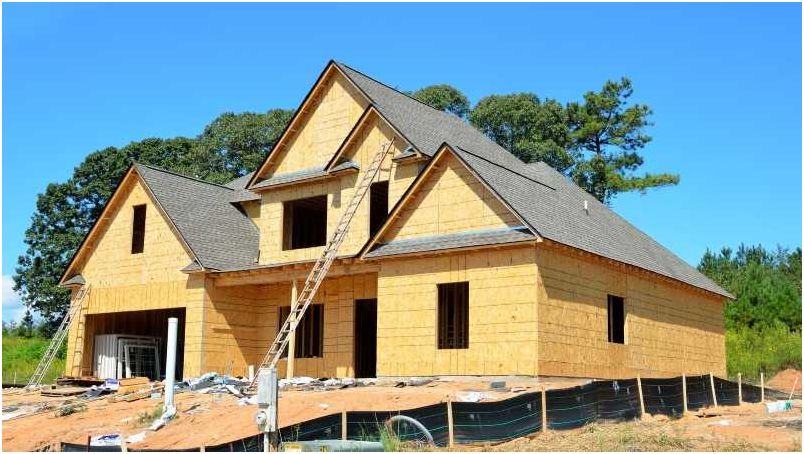
Indicators for identifying size
To begin with, let’s clarify that the factor of additional security means the amount of concrete that fills the space from the steel frame itself to the edge of the monolith. As you know, the frame should not protrude beyond the contour. Otherwise, he will be in contact with the external environment. Which will lead to the most unfavorable consequences. If the solution fears only physical damage, mechanical pressure, then everything is not so simple with the internal elements. They can be deformed as a result of chemical factors. This is the action of moisture, an oxidized environment, acids and alkalis, electricity. The key hazard is corrosion. What entails, first of all, a weakening of the physical parameters of the product. It will become much more brittle and fragile, and will not be able to fulfill its functional purpose. And it consists in increasing the bending resistance. After all, concrete easily holds almost any compressive load, but bending is its weak point. He is 15 times more vulnerable in this parameter. And without rods, it will simply begin to crack, even from permissible loads. Its surface will quickly erode.
As a result, what is the minimum concrete cover for reinforcement is the value from the nearest metal element to the contour of the slab or the face of the monolith. It should be understood that specific numbers are influenced by a huge number of conditions. And also what specific function the barrier will perform in a given situation. After all, this technique has many purposes. The basic ones include:
-
Ensuring the correct fastening of the reinforcing elements. That is, the rods themselves must be securely fixed. Otherwise, instead of a skeleton function, it will begin, on the contrary, to harm the finished product. All elements must be strictly in the prescribed positions.
-
Another effect is the proper level of distribution of external pressures. Without a reinforcing part inside the monolith, the load will have a localized zone. This means that it is she who will take all the mechanical damage. Which will logically lead to a crack, because a separate part of the solution is clearly not intended for this. The mesh inside will distribute this pressure over the entire surface..
-
Also, the protective layer of reinforced concrete structures helps to exclude the influence of the natural factor on the reinforcement. And it is worth knowing that the rods do not even have a special protective treatment. There would be no use from her anyway, given their local location. Therefore, processing is excluded. This means that with even the smallest contact with the external environment, the destruction of a certain spectrum cannot be avoided..
-
To some extent, such a barrier helps to block not only moisture or chemical effects, but also thermal ones. As you know, the metal, on the contrary, is very unstable to high temperatures, but the limit values are harmful for it. They all have their own melting points. But the solution almost completely ignores any heat, it is absolutely fireproof.
So, the instructions for choosing the required thickness are contained in the normative document SP 63.13330. And there are given not only strict numbers, but also a lot of applied recommendations. Which are best to follow to avoid overspending.
If you understand the document, it is easy to understand which protective layer of concrete for reinforcement in SNiP is considered necessary. Or rather, the optimal one. That’s right, the minimum parameters are written down, they must not be violated in any case. But there is no maximum level as such. However, it is indicated that the base size should not be exceeded by more than 15-20%. After all, the larger the mortar cushion the builders put on the frame, the greater the subsequent damage is possible. First of all, the weight of the monolith increases. And it is determined based on all the features of a building or other structure. Exceeding the parameter can have a very negative effect. It is also just economic damage. It turns out a small overpayment in the conditions of a single item. But if huge volumes of construction are meant, then cost overruns reaches colossal indicators. Which are capable of leading the entire project to a lack of profitability. And the protective layer of the working reinforcement of the floor in the column, and in the slab, and in any other product must always follow the logic of economic expediency. These parameters have a very simple relationship. The value depends on:
-
The established diameter of the rods themselves, as well as the main indicators laid down by the manufacturer. They depend on the brand of solution.
-
The specific type of product that will be built as a result. This is actually the key aspect that has the most massive impact. In some cases, the minimum size will float in the range of 20-30mm, in others it will drop to 5mm.
-
Calculated figures showing the ultimate loads applicable to the final product. That is, in simple words, this is the weight of buildings, plus accounting for equipment located inside, furniture and traffic of people in a situation of maximum fullness. Or just weight, if we talk about a pole of power lines, for example.
-
Dimensions and scale of the entire building. How long is it, what perimeter of the base is meant.
-
Conditions in which active operation will be carried out for the expected period. This refers to the climatic zone, the level of groundwater, the temperature in different seasons, the level of precipitation and many others, in most of its meteorological moments..
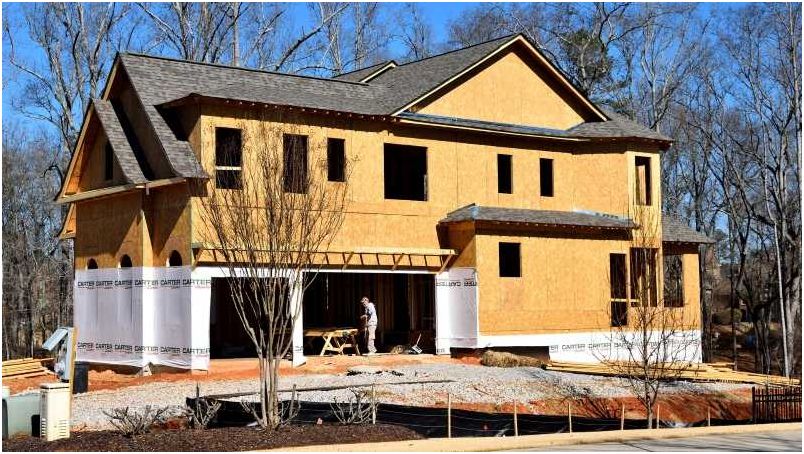
Arrangement of a protective layer of reinforcement in a slab and what determines its thickness
It is worth knowing that compliance checks carried out by the construction company itself or by the competent supervisory authorities can easily determine whether the building code is being complied with. Moreover, for such a procedure there is no need to damage the very faceting of the object, to destroy part of the slab. For this purpose, special equipment is used, which, by fixing the level of magnetic radiation, determines how far away the metal is. To determine the thickness, the following aspects are taken into account:
-
Building type. Although, usually, we are mainly talking about various buildings, it can be something less massive. Pool, optionally, a pillar. And the numbers will vary significantly. After all, the type of construction also involves various applications, loads, contact with the external environment and other important aspects. So, a protective layer of reinforcement in concrete for basement walls, screeds, protection of floors – all have different meanings.
-
Arrangement of rods. Various types of reinforcement distribution are used within the monolith. It is either transverse or longitudinal. And it also has its effect on the level of the required barrier. Indeed, in one case, only the ends will approach the face, in the other, more massive longitudinal elements.
-
The role of the framework. Usually the standard is meant, that is, it is also customary to call it working. But there is also a constructive role.
-
Depth of location directly in the ground. If it is provided in principle. The lower, the more serious the impact of groundwater will be. So, you will need to attend to the moisture barrier..
-
Contact with electricity. That is, whether the finished product will periodically or constantly contact objects under strong electrical voltage. For example, at the same power plants, power lines.
In this case, the maximum concrete cover for reinforcement is determined based on the only possible value between the minimum and economic feasibility. In order not to overpay, you always need to focus on the low mark, but with a margin of 10%. So that by mistake, trying too tightly to approach the figure, not to violate the norms of the joint venture.
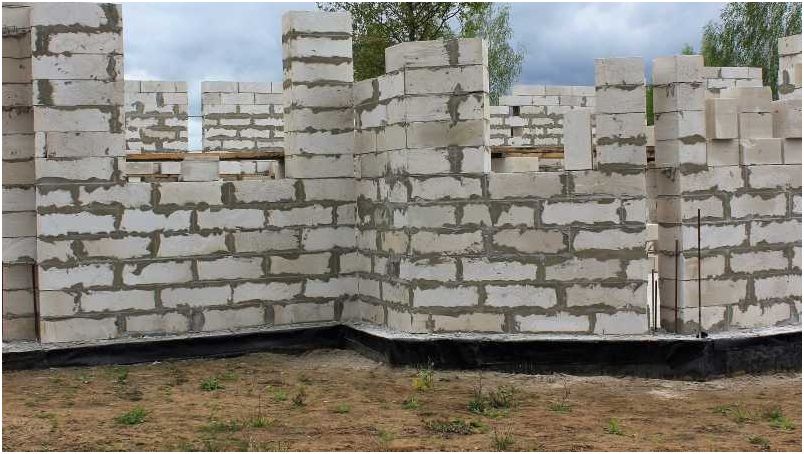
Normative indicators
Now let’s move on to specifics, let’s go over the exact numbers. Although, as you understand, based on the huge number of factors that have a direct impact, it is very problematic to name specific values. After all, they can change a lot if the geographical location or the way of using the products changes..
Therefore, to begin with, let’s start with just the climatic factor. More precisely, not its magnitude, but the level of influence. If the product is used inside the house, it is not exactly the same as being laid under tons of soil near groundwater. So, the size of the concrete cover, the table for clarity. All data are in millimeters.
| Appointment | The level of contact with the medium | Minimum threshold |
| Indoors, without active influence of the climate, heated in the winter season | Missing | twenty |
| In rooms where high humidity is allowed. For example, a swimming pool or water park | Low | 25 |
| Outdoors, without artificial obstacles for precipitation | Middle | thirty |
| Inside the soil | Tall | 40 |
Reinforced concrete products manufactured in factories, as a result, are of higher quality, stronger and more reliable. Considering this moment, the norms of the joint venture officially allow the possibility of reducing these parameters by an amount of no more than 5 mm. If it is a factory-made product. Which is a rarity for modern private construction. Often the necessary foundations or objects are erected on site. This is done even by professional companies that do not want to bother with delivery and procurement. But large-scale construction in any case implies the use of finished goods..
It is important to understand that the protective layer of concrete in reinforced concrete structures in the soil is to ensure the safety of the rod itself. And it is rational to consider that this barrier cannot be less than the rod itself. Therefore, in cases where the diameter of the rogue is greater than the specified minimum value, it is always worth focusing on the diameter. This will be the prescribed rate. The gradation of norms, depending on the specific type and purpose of the structure, differs as follows:
-
Stove as well as walls. In particular, load-bearing walls located in residential buildings must, according to the regulations, have a distance from the rod to the edge of 10 mm. But such values are used only if the total thickness of the product itself does not exceed 100 mm. If it is larger, even by only one millimeter, then the norm prescribes to increase the size to the edge by another 5 mm to a total of 15 mm.
-
Beams and lintels, as well as all other types of floors, have a different indicator. The basic requirements put forward to them by the joint venture are already 15 mm. But again, in cases where the product itself is less than 250 mm. Otherwise, you have to increase the figure by 5 mm again..
-
All buildings, which are vertical columns, like lampposts, for example, not less than 20mm.
-
Monoliths used for laying foundations for buildings – 35mm.
-
Same as above, but installed without preparation and surface treatment, 70mm.
Recall that in these cases, the maximum thickness of the concrete cover is not strictly regulated. But the construction supervision authorities and lawmakers understand that, based on economy, everyone will strive just to the bottom bar. True, those who are not limited by the budget and want to carry out construction, so to speak, conscientiously, we will warn. In this version, more does not mean better. It means more expensive, harder, more inconvenient, more dangerous. But definitely not better.
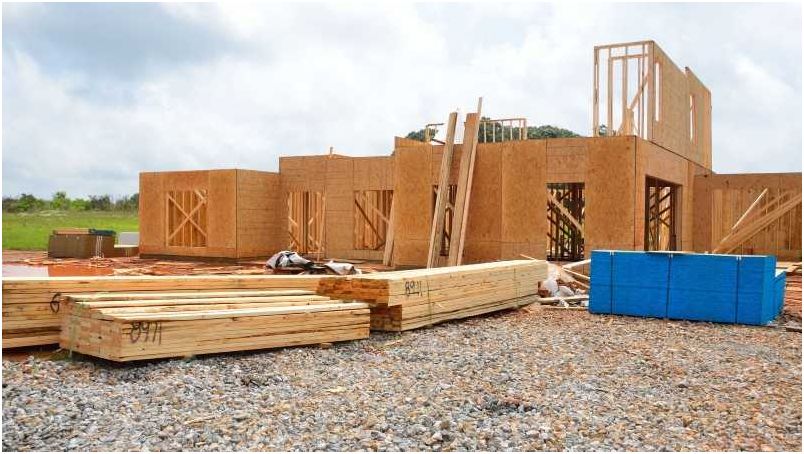
Using finished parts for fixing
Retainers are a great way to enhance the functional qualities of products without serious interference with the material, and besides, they are very inexpensive. After all, such clamps are made of hard plastic, located inside the monolith. And their price is often against the background of general expenses for construction, just ridiculous.
Now the market is actively using two models. One has two posts that support the mesh. Others have at once a mass of racks directed in different directions. The first option is used less often. But clamps with many racks, reminiscent of rings, are used everywhere. They are mounted directly on the rod, which, as a result, simply does not allow the internal metal base to move towards the formwork. And, thus, it reduces the likelihood of violation of the thickness established by the regulations of the joint venture. Thus, the reinforcement of the concrete cover becomes an easier procedure. Which does not require high-quality calculations, verified technology. And it is easily applied not in factory, but in artisanal conditions.
Necessary repairs
If the edge of the monolith gradually begins to collapse due to the effect of external mechanical pressure, which to some extent always accompanies active operation, timely repairs will be required. Moreover, the sooner the procedure is implemented, the more likely the chance that serious dismantling will not be required as a result. It is one thing to get rid of the consequences of a collapsed solution, which only slightly begins to bare the metal interior. And it is completely different to deal with the consequences of prolonged exposure to corrosion, when only a faint shadow has already remained on the rod. The following are used as repair procedures:
-
Plaster. The initially damaged area is completely cleaned of debris and impurities. Partially washed, dried. And only then a specialized mixture is applied, which closes cracks and crevices..
-
Concreting. Longer, but also more reliable procedure. It is used if the mesh has already been partially destroyed. Then the corroded zones are completely removed, a new structure is installed, and then it is concreted. A kind of overhaul.
-
Application of adhesive polymer. This is a procedure for pasting with a special polymer agent that protects not only from moisture and further damage, but also from the thermal factor. Warms the insides of the product.
In any case, it is better not to bring it up to repair. And take action in advance. After all, in fact, if recovery measures are needed, it means that the norms of the joint venture are already being violated at the current moment. And the thickness of the cover layer of the transverse reinforcement at a given time is less than it should be according to the rules.

